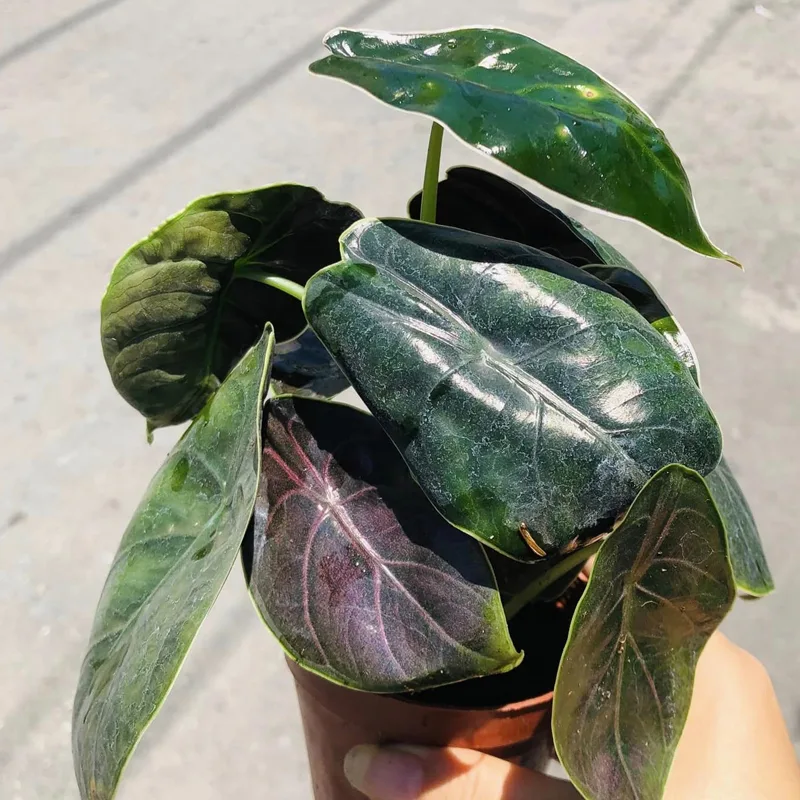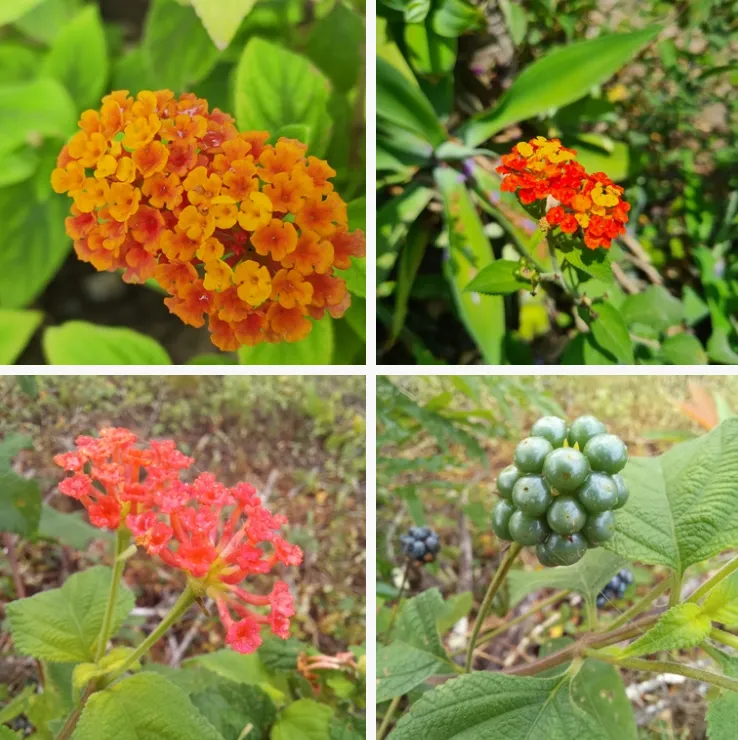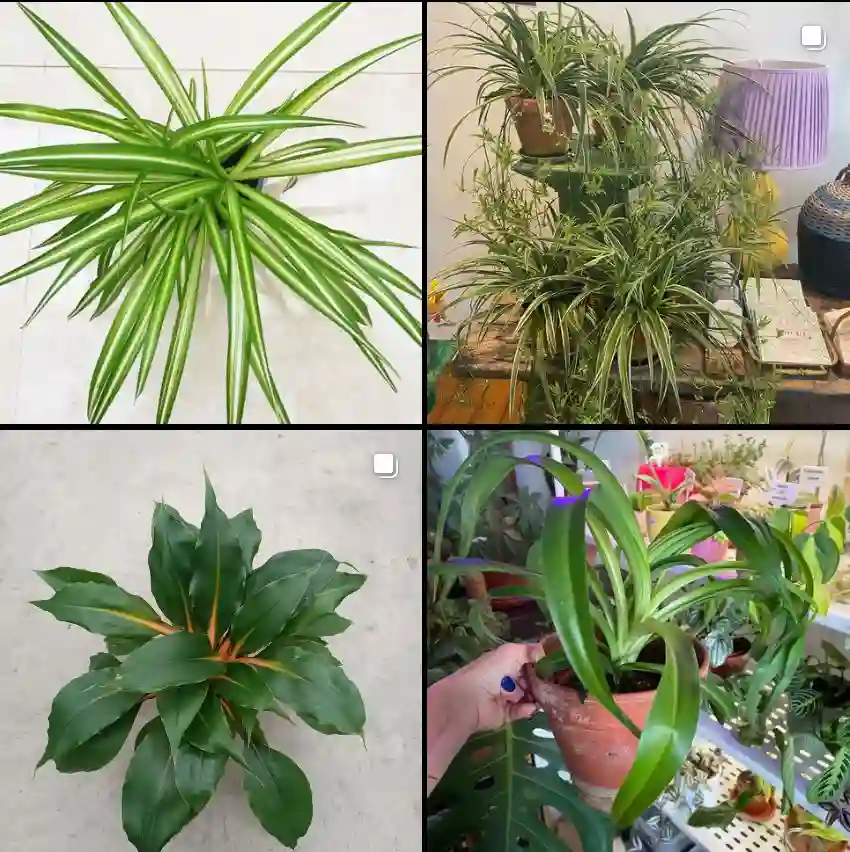The Ever-Clinging Charm of Hedera (Ivy)
My name is Ferb Vu, and I’ve always been fascinated by the tenacious, evergreen embrace of ivy. These climbing vines, belonging to the genus Hedera from the Araliaceae family, seem to possess a timeless quality, adorning ancient walls and sprawling across forest floors with equal ease. They’re a symbol of persistence and adaptability, thriving in diverse environments across Europe and Asia.
I remember my first encounter with ivy vividly. As a child, I explored the ruins of an old abbey near my home, its stone walls cloaked in a thick tapestry of dark green leaves. The air was cool and damp, sunlight filtering through the dense foliage, casting intricate shadows on the crumbling stonework. There was a sense of mystery and history there, and the ivy seemed to be an integral part of it, a living link to the past.
That childhood fascination has stayed with me, leading me to learn more about this remarkable genus. Hedera, a name derived from the classical Latin term for ivy, encompasses a diverse group of plants, each with its unique characteristics.
A Tapestry of Species
The Hedera genus comprises 21 species, each exhibiting subtle variations in leaf shape, size, and growth habit. Some of the most notable species include:
- Hedera helix (Common Ivy): This is arguably the most recognizable species, widely cultivated for its ornamental value. Its adaptability and hardiness make it a popular choice for covering walls and fences.
- Hedera hibernica (Atlantic Ivy): Often confused with H. helix, this species is native to the Atlantic coast of Europe. It boasts larger leaves and a more vigorous growth habit. Plant FAQs: Hedera Hibernica – Irish Ivy
- Hedera canariensis (Canary Island Ivy): As the name suggests, this species hails from the Canary Islands. It’s known for its glossy, dark green leaves and rapid growth.
- Hedera colchica (Persian Ivy): This species, native to the Caucasus region, is characterized by its large, heart-shaped leaves, often with prominent veins.
- Hedera algeriensis (Algerian Ivy): This North African native is distinguished by its lush, dark green foliage and vigorous climbing ability.
- Hedera azorica Carrière
- Hedera caucasigena Pojark.
- Hedera crebrescens M.Bényei-Himmer & M.Höhn
- Hedera cypria McAll.
- Hedera iberica (McAll.) Ackerf. & J.Wen
- Hedera maderensis K.Koch ex A.Rutherf.
- Hedera maroccana McAll.
- Hedera nepalensis K.Koch
- Hedera pastuchovii Woronow
- Hedera rhizomatifera (McAll.) Jury
- Hedera rhombea (Miq.) Paul
- Hedera × sepulcralis R.H.Marshall & McAll.
- Hedera sinensis (Tobler) Hand.-Mazz.
- Hedera siyuanwukouensis S.S.Ying
- Hedera × soroksarensis M.Bényei-Himmer & M.Höhn
- Hedera taurica (Hibberd) Carrière
More Than Just a Pretty Face
While ivy is often admired for its aesthetic appeal, it also plays a vital role in the ecosystem. The dense foliage provides shelter and nesting sites for birds and small mammals. The flowers, though inconspicuous, are a valuable source of nectar for pollinators, particularly in the late autumn when other food sources are scarce. The berries, while toxic to humans, provide winter sustenance for birds.
Furthermore, ivy has been recognized for its potential in phytoremediation, the use of plants to remove pollutants from the environment. Studies have shown that Hedera species can absorb heavy metals and other toxins from the soil and air, contributing to environmental cleanup.
A Symbol of Resilience
For me, ivy represents resilience and adaptability. Its ability to thrive in diverse conditions, from shady woodlands to sun-drenched walls, is a testament to its tenacity. It clings to surfaces, seemingly defying gravity, and finds a way to flourish even in the most challenging environments.
In a world facing increasing environmental challenges, the resilience of ivy offers a source of inspiration. It reminds us that even in the face of adversity, life finds a way to persist and thrive. As I continue to explore the world of Hedera, I am constantly amazed by its beauty, versatility, and ecological importance. It’s a reminder that the natural world is full of wonders, waiting to be discovered and appreciated.
If i die, water my plants!



